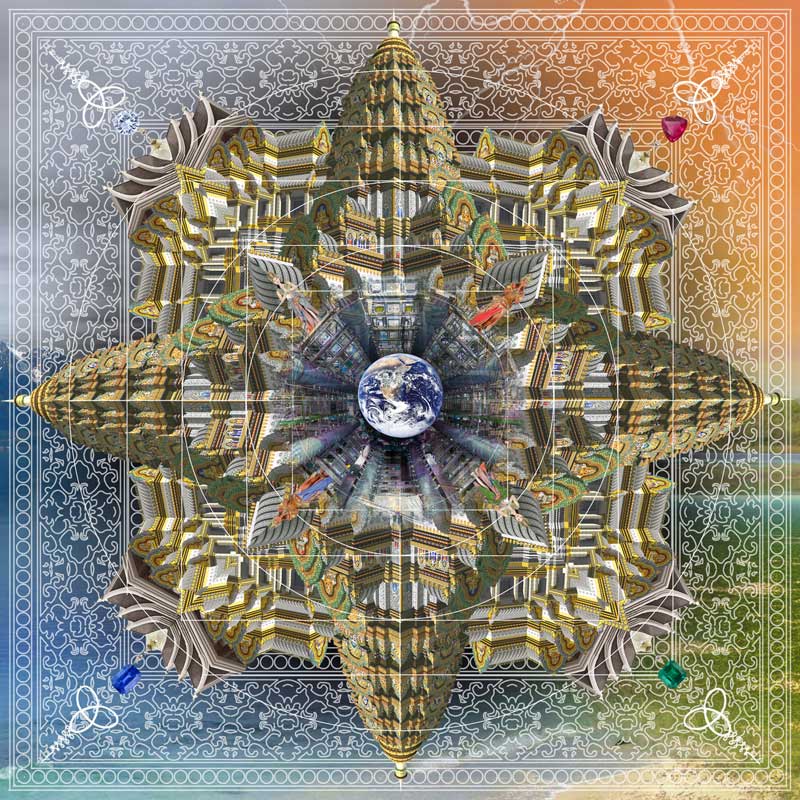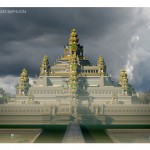Life in 12th century Europe was a rather grim affair. Merrie Olde England laboured under the yoke of the Norman invaders, stuck in an interminable dark age for which no one could find the light switch; the Christian church came up with the idea of Purgatory, just in case everyone wasn’t miserable enough; and Iceland, always socially conscientious, introduced health insurance. For the Black Death. Truly, the European Middle Ages were a tough gig.
Over in Cambodia, the 12th century was an altogether more luminous era. The Khmer Empire, although often in conflict with its Champa neighbours, was most definitely in the ascendant. And what better way to legitimise national prowess, thought then King Suryavarman, than to build a massive f*ck-off city in the middle of the sweltering jungle? So while the Brits farmed cowpats and America and Australia were yet to become twinkles in colonial eyes, the Cambodians raised one of the wonders of the world in Siem Reap: the city of Angkor.
They may have been riding high when it came to civic planning, but 12th century Cambodians still had spiritual wobblers just like everyone else. At least, according to Siem Reap-based artist Bruno Levy they did. “Since the dawn of time,” Levy’s website intones, “man questions himself about the forms of the universe, the runnings of the world… and about his personal role in this prodigious machinery.” In an effort to puzzle out the problems of existentialism, Angkor’s denizens turned to the mystical power of the mandala.
An ancient Hindu-Buddhist symbol, the mandala represents the universe in tidy microcosmic form. Its square shape and symmetry confer a comprehensible system upon the buzzing, booming confusion of existence; its coherence promotes meditative contemplation in those who look upon it. In fact, the mandala is so trippily spiritual it’s said to promote a trance-like state. The Angkorian kings found the symbol so potent they modelled their new kingdom on it, creating a structural replica of the sacred symbol, a “Cosmos-City”, as Levy puts it.
Looking at Levy’s paintings, the hypnotic effect is palpable. The collection Angkorian Mandalas, on show at Meta House from September 25, reimagines Angkor’s architectural gems as highly detailed mandalas, literalising the cosmic city in graphic form. Since 2011 Levy has worked with “furious fervour” on the mandala series, employing digital techniques and his 25 years’ experience in advertising to create his “future-oriented Angkorian artworks”. Replete with detail and visually complex, Levy’s mandalas are a bit like a magic-eye painting for the soul.
His aim is not to make you feel all trippy, says Levy, but to share his admiration for ancient Khmer culture and to expand your appreciation of the real, now ruined temples. “I hope my pictures will follow the path of the ancient Khmer architects and sculptors,” says Levy with disarming humility. “[They] are, finally, the genuine authors of these artworks, of which I am just the interpreter.”
WHO: Bruno Levy
WHAT: Whacked-out mandala artworks
WHERE: Meta House, #37 Sothearos Blvd.
WHEN: From 6pm September 25
WHY: The power of Cambodia’s cosmic city is pretty trippy


